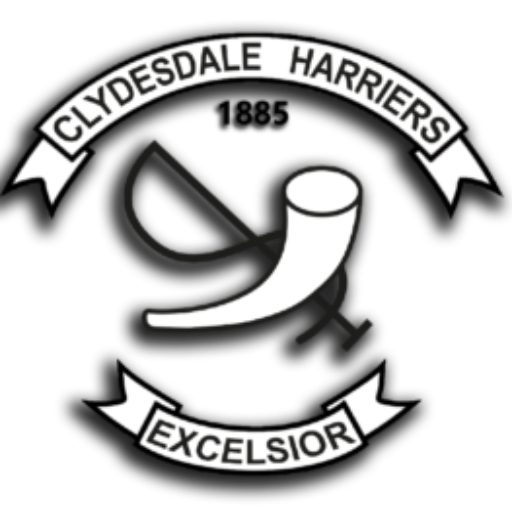
Derek and Peter Halpin in the DAAA in Postie’s Park
It is fairly common for coaches to meet and discuss what training is appropriate for the time of year.When the SAAA had their monthly meetings for coaches of athletes of District standard or higher, the National Coach would start by giving a short talk about “what training is appropriate for this time of the year.”When coaches were examined for their Club Coach award (club coach then is approximately equal to the current Level 3) there was a practical session where the coach had two of his own athletes do a typical session.Before the session ever started the coach was assessed for several points before the runners ever started the session and the key ones were “Is the session appropriate to the time of year?” Then there was “Is it appropriate to the standard of the athletes?”“Are the athletes properly dressed for the session they are about to undertake?”When our club was doing so well in the 1990’s we had 16 qualified coaches (yes, sixteen covering all track and field events) and met every quarter in the house of one or other of the coaches and the first item on the agenda was what we thought was the appropriate work at the coming quarter. We were all on the same page.

Willie McCoo in the DAAA Relays at Braidfield Farm
Our squad trained with the ‘two effort sessions’ and a lot of steady approach in mind.One effort session would be the speed endurance one which was modelled on the BMC sessions.This was done on a track and was composed of reps totalling approx. 5000m with one eighth distance recovery jog.Eg 6 x 800m with 100 between them.Or5 x 1000m with 150 between them or various combinations that totalled about 5000m with one eighth between.
How were they paced?Well the starting point, discussed with the group in October, was to set the pace at the target time for 5000m the following summer.It might be 65 a lap, 67 a lap, 70 a lap or 72 a lap.Whatever the target and all the runners with the same or similar targets would do their reps together.Those with a slower target time would do the same session only at the appropriate speed.I remember one night at Crown Point when the fast pack was doing 66/67 a lap and the second group was doing 70/72 a lap and I was calling times at the finish, I was shouting the time for the 800m to the slower group who had started first at 2:20, 2:21, 2:22 . .and then the quicker pack came through having started six seconds later and I’d call something like 2:26, subtract six, 2:27, 2:28, 2:30, take away six . . .and Bill Scally of Shettleston came wandering past saying, “Do you want them to do mental arithmetic at the same time???”The point is that the two sets were doing the same session on the same track at their own pace.
Too hard?Well, it was their target time for next summer, if they’d been told by the timekeeper then that they would have a wee break after ever two laps then they’d have felt cheated!

Mark Rudzinski
All distance runners on the track whether 1500, 3000, 5000m 10,000m and road runners, men and women, did these sessions. The other effort session would be, at this time of year a hard pack run with the fast pack giving the right lead to the slower pack and working hard to catch them before the finish while keeping the pack together. The other pack of course were working hard not to be caught!
The other ingredient was the longer Sunday run. ‘Long’ depended on the summer distances – for some it would only be ten or twelve for marathon and even half marathon runners it would be two hours. And the rest was steady running.
Add the race pattern decided on at the start of the winter and the next summer and even the national would be what was desired! Below we have James Austin in the District Relays at Stepps.

